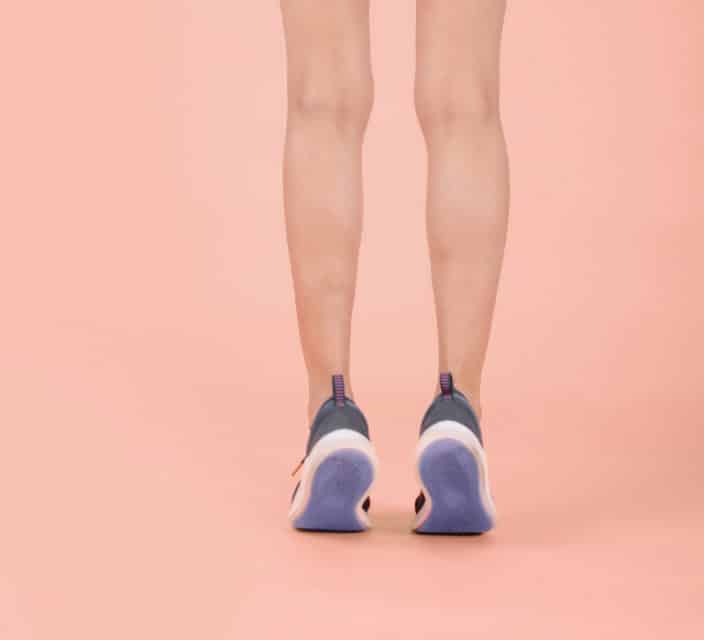Hammer Toes
If your toes appear crooked or bent downward you may be suffering from hammer toes, mallet toes or claw toes. These three very similar toe deformities result in shortening of the toe tendons thereby limiting toe motion, causing claw-shaped toes and painful rubbing inside shoes.
A hammer toe, mallet toe or claw toe is a toe that is contracted at one or more of the joints of the toe, leading to severe pressure and pain. Ligaments and tendons that have tightened cause the toe’s joints to curl downwards. Hammer, mallet and claw toes may occur in any toe, but rarely the big toe. There is often discomfort at the top part of the toe that is rubbing against the shoe and at the tip of the toe where excessive pressure often causes painful corns. Hammer toes are classified based on the mobility of the toe joints. There are two types – flexible and rigid. In a flexible hammer toe, the joint has the ability to move. This type of hammer toe can be straightened manually. Movement is very limited and can be extremely painful. This sometimes causes foot movement to become restricted leading to extra stress at the ball-of-the-foot and possibly causing pain as well as the development of corns and calluses.


